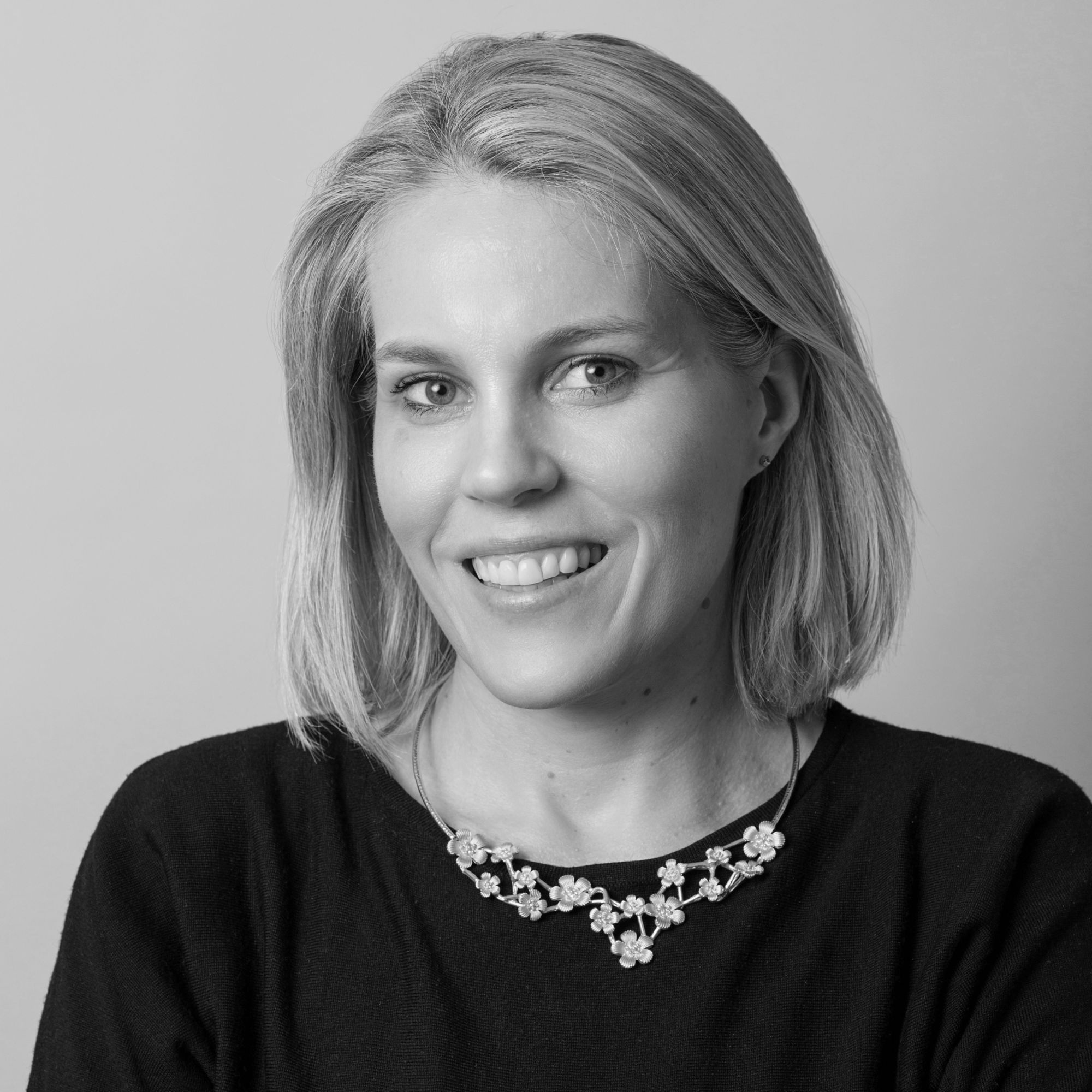Powering the next generation of AI
Ubiquitous computing has triggered an avalanche of data that is beyond human processing capabilities. AI technologies have emerged as the only viable way to turn this data into information. As more computing produces more data, more computing power is needed to power AI. Next generation AI will soon look to planetary-scale computing systems to further fuel AI’s computational requirements. We’ll examine some of the technologies, such as neuromorphic and quantum computing, that will unlock the next step in performance that is intractable with current computing systems.
About the speaker

Arun Subramaniyan, Vice President, Cloud & AI, Strategy & Execution, Intel Corporation
Arun Subramaniyan joined Intel to lead the Cloud & AI Strategy team. Arun joined Intel from AWS, where he led the global solutions team for Machine Learning, Quantum Computing, High Performance Computing (HPC), Autonomous Vehicles, and Autonomous Computing at AWS. His team was responsible for developing solutions across all areas of HPC, quantum computing, and large-scale machine learning applications, spanning $1.5B+ portfolio. Arun founded and grew the global teams for Autonomous Computing and Quantum Computing Go-to-market and solutions at AWS and grew the businesses 2-3x.
Arun’s primary areas of research focus are Bayesian methods, global optimization, probabilistic deep learning for large scale applications, and distributed computing. He enjoys working at the intersection of massively parallel computing and modeling large-scale systems. Before AWS, Arun founded and led the AI products team at GE’s Oil & Gas division and grew the digital products business successfully. He and his team developed deep learning-augmented hybrid analytics for all segments of the oil & gas industry. Arun led the development of the Digital Twin platform for GE at GE’s Global Research Center. The platform continues to enable several thousand engineers to build advanced models efficiently. The asset specific cumulative damage modeling techniques he and his team pioneered define the standard for industrial damage modeling.
As a Six Sigma Master Black Belt, he developed advanced techniques and tools for efficiently modeling large scale systems like jet engine fleets, gas turbines in powerplants, and accelerated design times by 3-4X. Arun is a prolific researcher with a Ph.D. in Aerospace Engineering from Purdue University with 19 granted patents (54 filed), and 50+ international publications that have been cited more than 1000 times with an h-index of 13. He is also a recipient of the Hull Award from GE, which honors technologists for their outstanding technical impact.

Elizabeth Bramson-Boudreau, CEO and Publisher, MIT Technology Review
Elizabeth Bramson-Boudreau is the CEO and publisher of MIT Technology Review, the Massachusetts Institute of Technology’s independent media company.
Since Elizabeth took the helm of MIT Technology Review in mid-2017, the business has undergone a massive transformation from its previous position as a respected but niche print magazine to a widely read, multi-platform media brand with a global audience and a sustainable business. Under her leadership, MIT Technology Review has been lauded for its editorial authority, its best-in-class events, and its novel use of independent, original research to support both advertisers and readers.
Elizabeth has a 20-year background in building and running teams at world-leading media companies. She maintains a keen focus on new ways to commercialize media content to appeal to discerning, demanding consumers as well as B2B audiences.
Prior to joining MIT Technology Review, Elizabeth held a senior executive role at The Economist Group, where her leadership stretched across business lines and included mergers and acquisitions; editorial and product creation and modernization; sales; marketing; and events. Earlier in her career, she worked as a consultant advising technology firms on market entry and international expansion.
Elizabeth holds an executive MBA from the London Business School, an MSc from the London School of Economics, and a bachelor’s degree from Swarthmore College.

